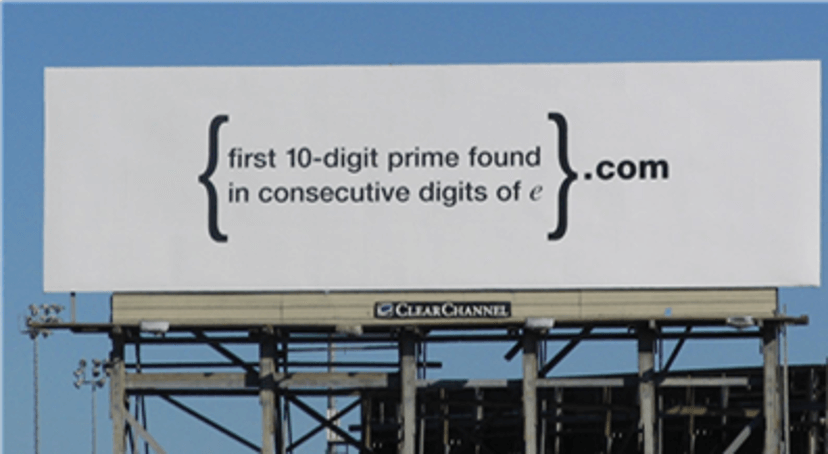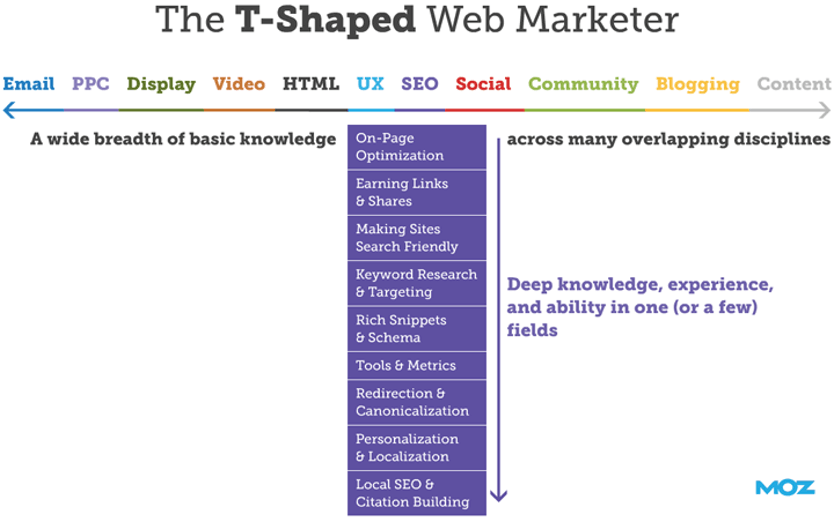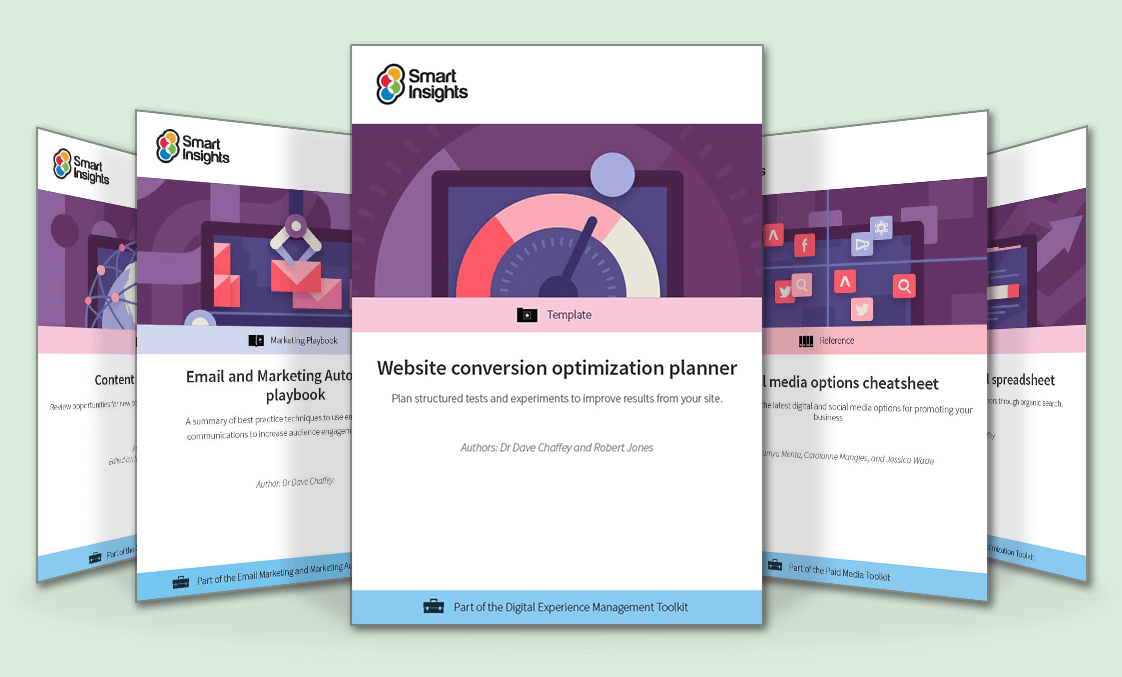Practical steps marketers can take to enhance their curious instincts
Marketers are a naturally curious bunch and are keen to learn new skills to improve their marketing performance. To work in such a varied, multidisciplinary field, you have to be interested in everything from trends and consumer behavior to analytics and creativity. However, even marketers can get stuck in their ways. Depending on the organization in which you work, the business culture or ways of working, barriers can stifle or prevent curiosity from flourishing, which researchers at Harvard Business School believe prevent organizations and individuals to be at their best.
Merck is one organization that has taken it upon themselves to lead the way in cultivating curiosity. According to Stefan Oschmann, Chairman of the Executive Board and CEO of Merck:
“In the pursuit of human progress, the single most important trait is curiosity – the desire to learn, explore, and discover. It is the driving force for new possibilities”
In a recent research study on curiosity, Merck found that the three most important curiosity enhancers are:
Freedom to accomplish tasks.
Accountability for projects.
Necessary time to explore ideas.
They also identified four distinct characteristics in curious-minded people:
Gaining great pleasure from recognizing and seeking out new knowledge and information at work, and the subsequent joy of learning and growing.
-
Deprivation sensitivity -
Recognizing a gap in knowledge and pondering abstract or complex ideas to try to solve the problem and reduce the gap.
-
Openness to people’s ideas -
Valuing diverse perspectives and ideas from others, and intentionally seeking out different approaches at work.
A willingness to embrace the anxiety and discomfort that comes from exploring the new, unfamiliar and uncertain.
Download our Free Resource – Marketing skills development guide and template
Our free guide and the accompanying template are designed to help develop marketing skills for the following two 'use-cases'.
Access the
If we agree that curiosity is an important trait for marketers, what can we do to bring this to life and create a healthy, sustainable culture for curious minds?
Establish a curious mind-set
“I think, at a child's birth if a mother could ask a fairy godmother to endow it with the most useful gift, that gift should be curiosity” - Eleanor Roosevelt
We are all born with curiosity hardwired into our brains. For anyone with children, it’s impossible not to notice how inquisitive they are in the world around them. However, this curiosity peaks between ages four and five. Parents must encourage, rather than shut down, inquiring minds to allow children to explore and discover.
The same can happen in the world of work. Curiosity can seem like a dangerous thing to some - but only if you let it. There’s sometimes a worry that being interested in different things can distract people from their day jobs and increase inefficiency.
This can be a common problem for marketers who specialize in different disciplines. For example, if you are a content or social media specialist, it may appear odd to some leaders if you express an interest in UX or SEO. However, by establishing a more open, curious mindset, this type of behavior will become embraced: the marketer who can make connections between SEO, social media and UX will have a far greater opportunity to work collaboratively across teams and create more interesting customer-centric content.
Create a cognitively diverse team
In any organization, some people will be ‘explorers’, whilst others will be ‘observers’. There is no right or wrong, but to think differently we should look to build teams with cognitive diversity. According to HBR:
“Cognitive diversity has been defined as differences in perspective or information processing styles. It is not predicted by factors such as gender, ethnicity, or age. Here we are interested in a specific aspect of cognitive diversity: how individuals think about and engage with new, uncertain, and complex situations”.
This will inevitably mean that some people will require more incentive than others to be curious, and it’s, therefore, a leader’s job to make sure everyone feels they can benefit from curiosity.
One way to do this is to demonstrate the evidence and business case for curiosity. Among other things, curiosity has been linked to creativity and innovation, and that greater curiosity can lead to less conflict. More open questions encourage a greater acceptance of others’ points of view and allow us to take different perspectives into account.
Curiosity and creativity are never far apart. You need to be curious to identify problems worth solving, and then come up with new solutions. This can be seen in some of the most creative marketing campaigns of all time, including the famous ‘Gorilla’ TV ad for Cadbury:
https://youtube.com/watch?v=TnzFRV1LwIo%2520frameborder%3D0%2520allow%3Daccelerometer%3B%2520autoplay%3B%2520encrypted-media%3B%2520gyroscope%3B%2520picture-in-picture%2520allowfullscreen
Yes, and...
A cognitively diverse team with a curious mindset is likely to have a much more open and empathetic approach to problem-solving. One way to bring this to life in creative discussions, brainstorming or campaign planning, is to practice the concept of 'Yes, and..." thinking.
Taken from the world of improvisational comedy, it’s a rule-of-thumb that suggests that a participant should accept what another participant has already stated ("yes") and then expand on that line of thinking ("and").
Pixar has famously used this approach, coining the term ‘plussing’, i.e. idea plus another idea. It’s a more collaborative way of thinking that allows people to iterate on ideas without using harsh or judgmental language. It requires a level of intellectual humility so that people are always focused on what’s left to learn. This again goes back to good leadership - it starts with a clear direction and mind-set.
Source: Big Think
https://youtube.com/watch?v=DphjhudlZis%2520frameborder%3D0%2520allow%3Daccelerometer%3B%2520autoplay%3B%2520encrypted-media%3B%2520gyroscope%3B%2520picture-in-picture%2520allowfullscreen
Hire for curiosity
Whilst it’s possible to create a team of diverse, curious-minded people from those you already work with, it’s important to keep curiosity in mind during the recruitment process. Hiring for curiosity enables you to bring people into the team with a natural ability to look at the world differently. But be warned: whilst curiosity brings many benefits, good leaders must be prepared to have their existing ideas and ways of working challenged.
Google is not an organization that struggles to recruit some of the world’s top talent. Yet they are always looking out for curious individuals to join the company. Google famously placed a billboard that had only these giant words:

Anyone curious enough to investigate and then solve the puzzle went to 7427466391.com, where they were invited to apply to Google. However, Google also identifies naturally curious people through interview questions such as:
“Have you ever found yourself unable to stop learning something you’ve never encountered before? Why? What kept you persistent?”
The answers usually highlight either a specific purpose driving the candidate’s inquiry (“It was my job to find the answer”) or genuine curiosity (“I just had to figure out the answer”).
A concept I have always been interested in is the ‘T-Shaped marketer’, something I have personally adopted as part of my professional development. It has always enabled me to stay curious and interested in different areas of marketing and can be an effective way to bring curious people into a team.

Source: Rand Fishkin
The design and consulting company IDEO has adopted this approach as part of their recruitment policy. They are particularly interested in the connection between empathy and curiosity. Empathy allows employees to listen thoughtfully and see problems or decisions from another person’s perspective, while curiosity extends to interest in other people’s disciplines.
Summary
According to Helen Tupper and Sarah Ellise, authors of The Squiggly Career, lots of people find it difficult to answer the question “can you share with me something you’re curious to learn more about and why?”. It’s not because people aren’t interested in other things or good at what they do. It’s often because we become too focused on our role, organization and industry.
Curiosity is a strength that can be learned and is key to spotting new trends, managing ambiguity, identifying opportunities and mitigating risks. It’s therefore something that all teams should harness, and is especially important in the world of marketing. Research has shown that organizations that foster curiosity benefit from fewer conflicts and inspired novel problem-solving. So rather than seeing curiosity as a ‘nice-to-have’, we should make this a core part of roles and purpose as marketers.










